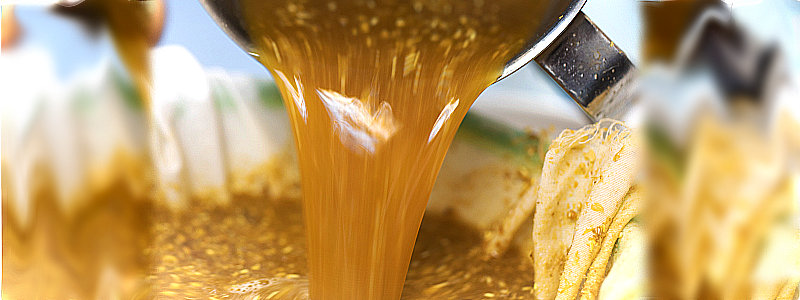Beer residue for pig feeding as well as for other species.
Feed represents 65% of the total costs associated with pig production. This value can grow up to 70 and 75% when grains are out season.
Under such scenario, there is a constant search for alternative raw materials that are cost effective. Among the various alternatives, within industrial by-products, beer waste represents a highly viable option when there is an abundant supply available near the farm.
By-products of the human food industry, usually have a high fiber content which reduces their nutritional value for non-ruminants. This has to due with the fact that fiber interferes with the proper digestibility of these by products.
Residues from the brewing industry
The brewing process begins with the production of the wort. This sugar-rich solution is used in a subsequent fermentation stage to produce ethanol.
For the production of wort, ground barley malt is mixed with water at a temperature of up to 78°C. This process converts malt starch into fermentable (mainly maltose and maltotriose) and non-fermentable (dextrins) sugars.
Barley malt proteins are partially degraded during this stage into polypeptides and amino acids. The undegraded insoluble part of the barley malt grain obtained at the end of this process is known as “ Brewer’s Spent Grain”(BSG).It is obtained in a mix with the wort.
The wort is filtered through the BSG bed formed at the bottom of the maceration vat and transferred to the fermentation tank, while the BSG is obtained as a by-product of this process.
Keep up to date with our newsletters
Receive the magazine for free in digital version
REGISTRATION
ACCESS
YOUR ACCOUNT
LOGIN
Lost your password?
